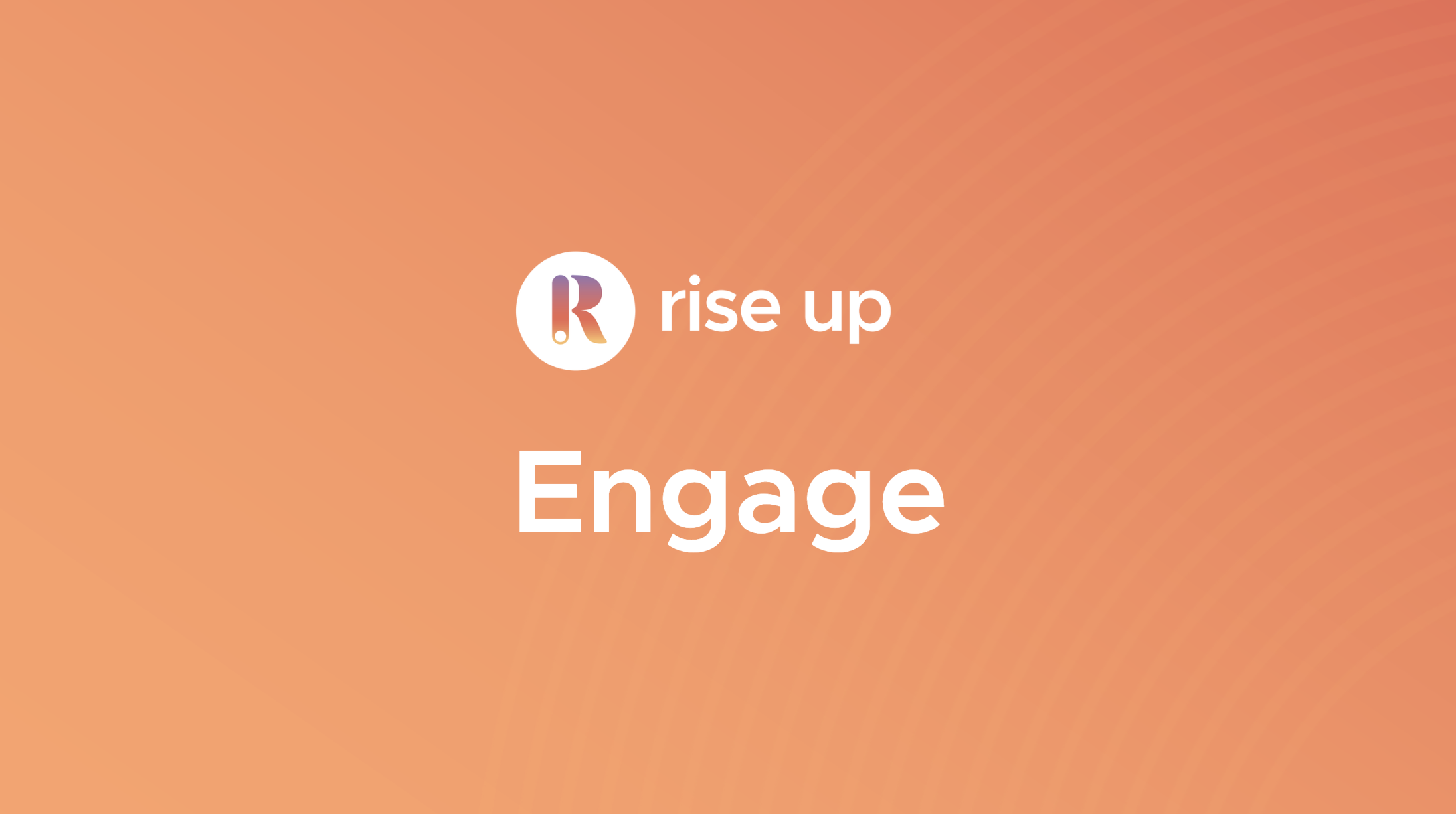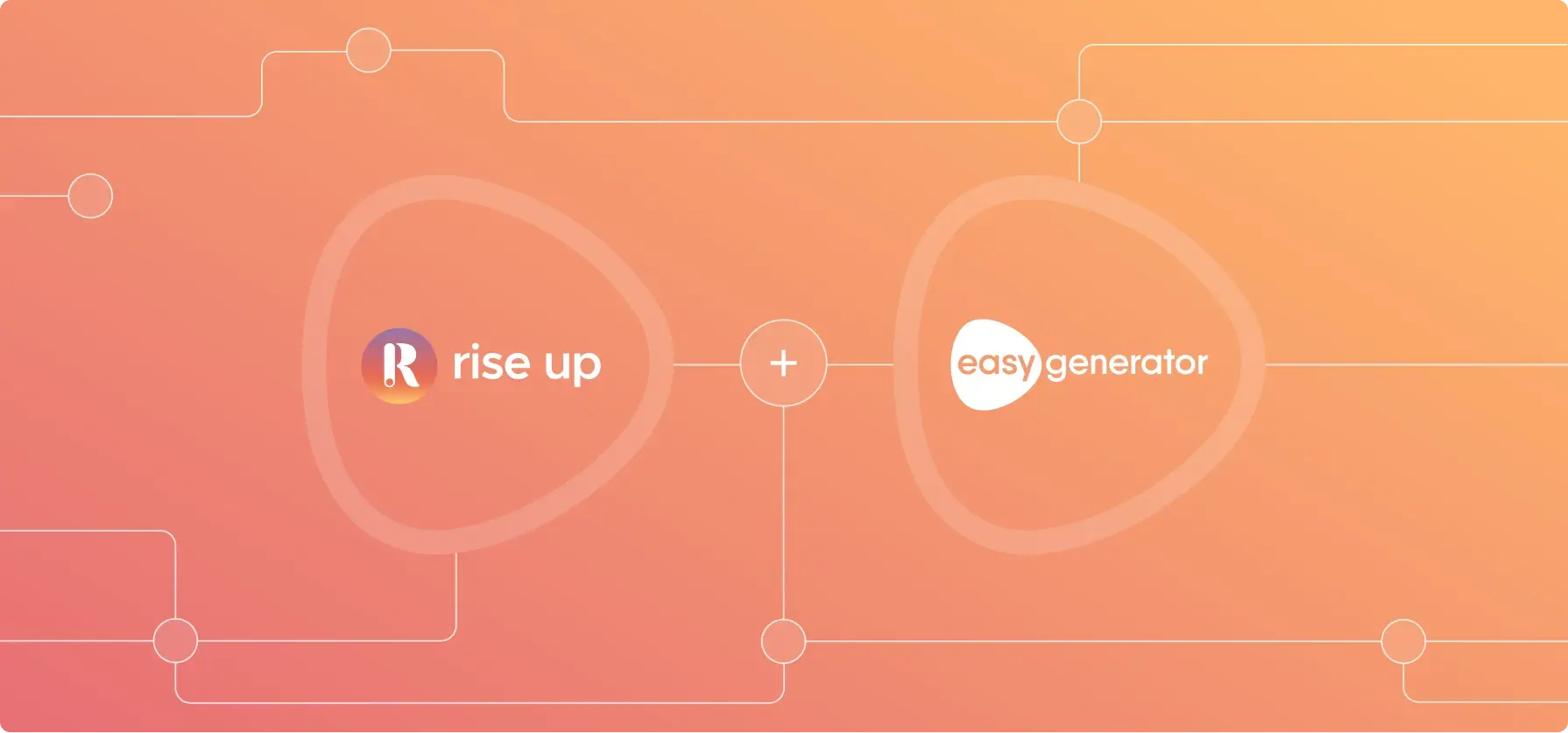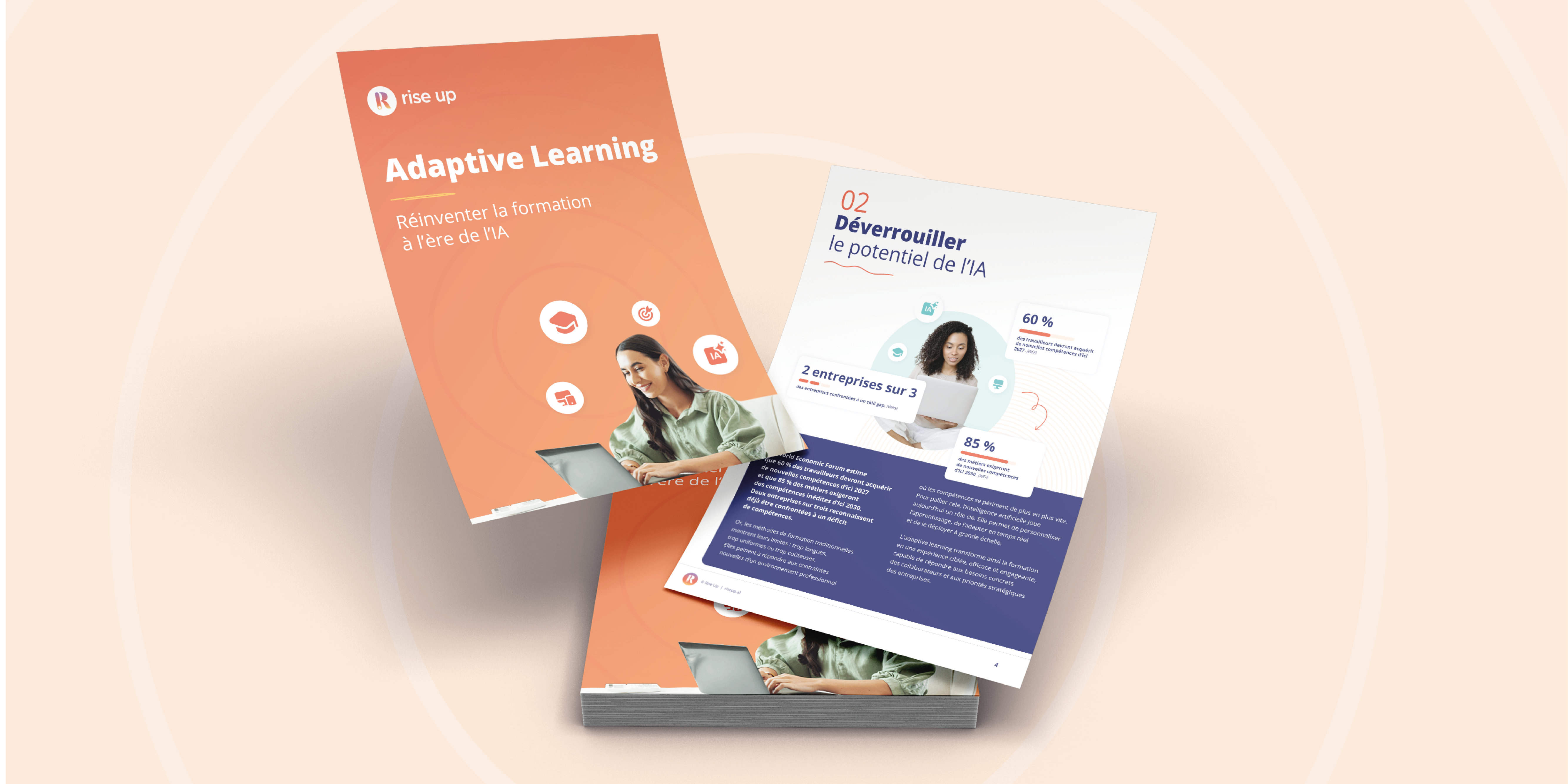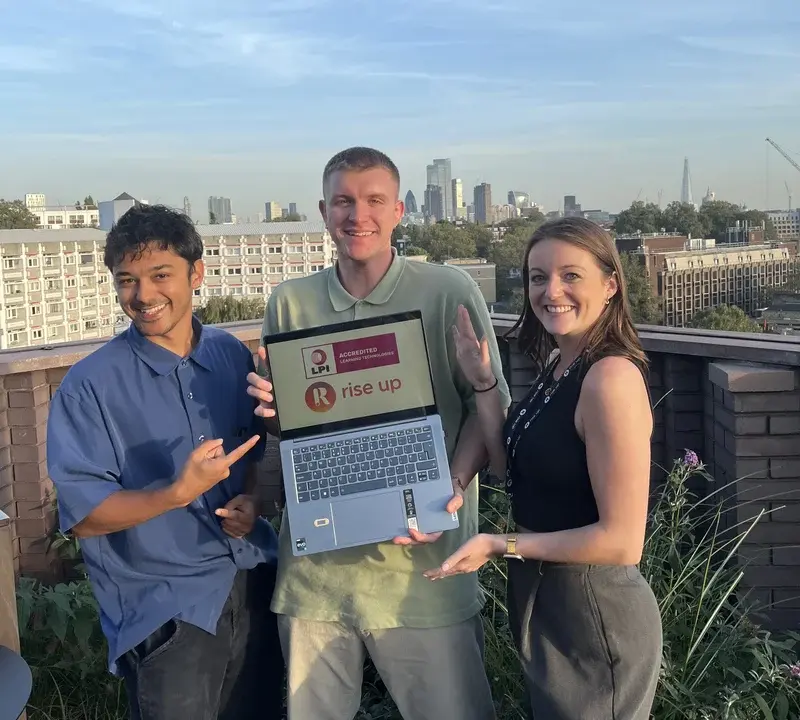What we learned. Our top takeaways from the Learning Technologies 2023 conference
4 minutes of reading | 2023-05-17
The need for L&D to adapt to a hybrid workforce was a key theme at the 2023 Learning Technologies conference in London.
What do you do when you can’t simply sit your workforce in a classroom or in front of a PC? And was that ever, really, the best way to train? From delivering in-the-moment, bite-sized learning to nurturing lifelong learning habits, these questions were addressed by a good proportion of the conference’s 90 speakers and facilitators.
The way we enable learning and development needs to evolve because, as a speaker and Learning expert Nigel Paine put it, “In an uncertain world, full of change, being proud that everyone has completed four online modules doesn’t cut it anymore.”
Three aspects emerged across the two days of sessions.
1. In-the-moment learning
The age of the 10-module training course is over. L&D departments need to re-orient their content and delivery models to nurture a self-driven hunger for learning and enable in-the-moment delivery of bite-size skills content.
Partly this is about learners’ ability to consume. In their session, Capgemini’s Pam Mandair and Sthree’s Mandy Munro spoke of the blocker to engagement that is, simply “I don’t have time.” But it’s also about putting learning in context at the point of need. That way the content is immediately problem-solving and exercised in the moment. Typically, these are practical skills, but they can also be softer skills and cultural knowledge.
In their opening session, Njeri Mwagiru of Stellenbosch University Business School and Peniche Ocean Watch’s Robin Teigland noted that 'the learning that adds the most value to an organization is the sharing of the “secret sauce” – possibly corporate IP, but also culture – the “how and why we do things”, delivered in the context of the moment.'
To enable this, L&D teams need to design engaging learning experiences that deliver bite-sized, just-in-time learning at the point of need.
2. Supporting a non-PC workforce
Up to 80% of workers do not work at a desk. That was the shocking (yet also obvious) fact from the “No PC? No Problem” session delivered by Leonardo Hotels’ Edward Gallier, Arriva’s Annelien van der Hoek, and Mandisa Waterman-Riksfjord from Elkem. Whether in hospitality, retail, transport, healthcare, or other sectors many employees don’t even have access to a desk, let alone a work PC.
Our new world of hybrid working has compounded that with even regular desk workers no longer necessarily being on a work PC at a work desk. However, 88% of the UK population goes online using a smartphone (Ofcom).
To deliver just-in-time learning, for a hybrid and undesked workforce, L&D teams need to think mobile. Securely delivered, mobile-friendly L&D content is more flexible for consumption and more inclusive for a diverse workforce. It’s what David Blackburn (FSCS) and Carla Quiring (AstraZeneca) termed “adaptive delivery”.
3. Aligning L&D with organizational goals
It’s a recurring theme for L&D leaders but made more urgent in a hybrid and dynamic environment. If training is delivered at the point and in the moment of need, and if it’s delivered on demand to a remote workforce, it needs to be relevant. It needs to be aligned with the organization’s goals.
The business environment is changing constantly, so learning strategy needs to stay in lockstep with business goals (Marc Howells, AstraZeneca).
To achieve this the L&D discussion needs to be elevated to a more strategic level. It needs to be about the nature of the organization, rather than the program of learning, as Nigel Paine said.
L&D needs to understand the business’s overarching strategy (even as it changes) and deliver the skills that support it, including “teaching the invisible” (as McKinsey’s Michael Edwards and Heather Stefanski highlighted); the tacit knowledge that’s often harder for learners to acquire in a hybrid or work-from-home environment.
To elevate and align, L&D will need to earn its place at the table. This can only be achieved by demonstrating value by measuring and reporting key, meaningful metrics like time to skill.
“Modules completed” is not a meaningful measure to most of the boardroom, proof of “skills acquired and deployed” is. That was the topic of Kevin M. Yates’ (Learning and Development Detective) presentation, “Solving the mystery of impact measurement”. In an entertaining session, Yates discussed the “nine essential questions for solving measurement mysteries”.
Measuring and demonstrating impact is critical to L&D’s credibility.
Want to learn more about how to connect your employee learning to business outcomes? Book your LearningOps workshop.
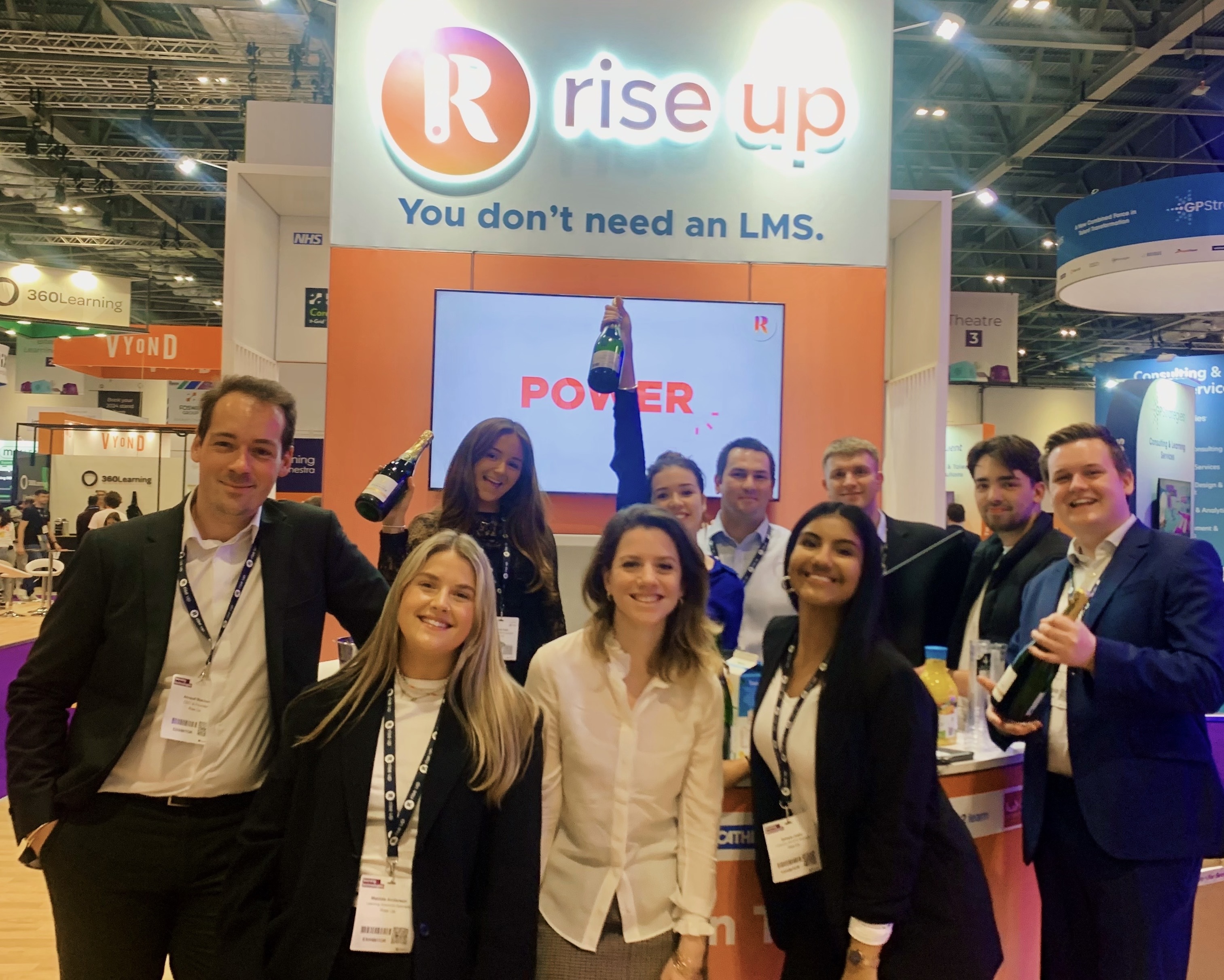
Learning and Development for a hybrid world
We can help. The Rise Up Learning Platform and our LearningOps Methodology are designed to keep your teams up-to-skill, wherever, whenever and however they need to access learning.
Rise Up enables in-the-moment learning and specializes in any-device access to the learning content your people require. Critically, we also help you measure time to skill and demonstrate the business impact of the L&D you deliver.


